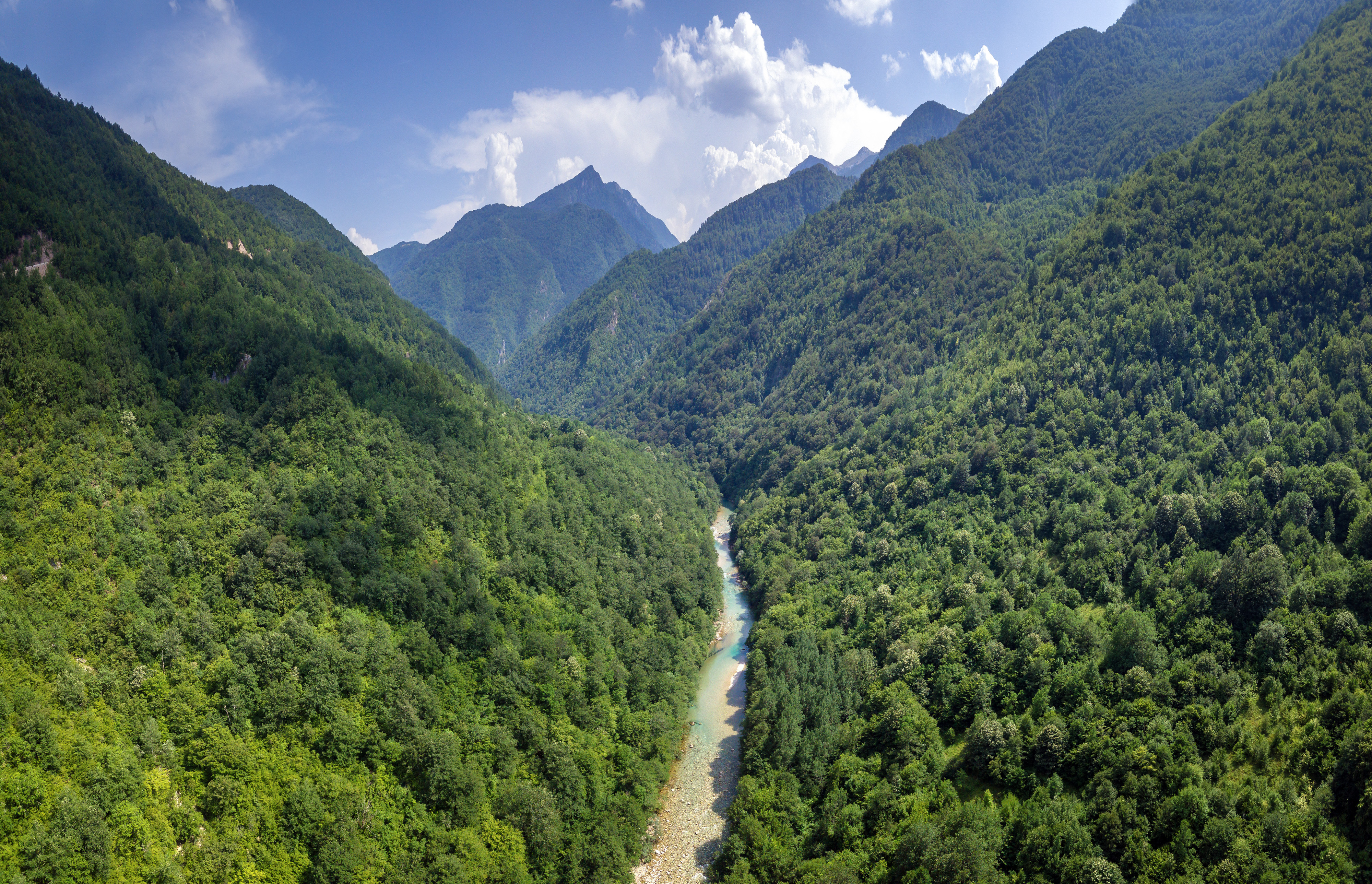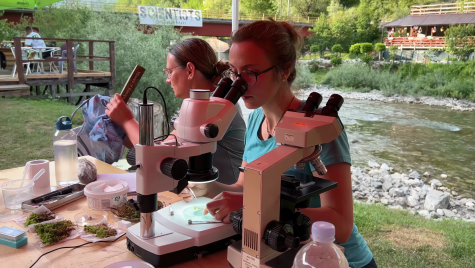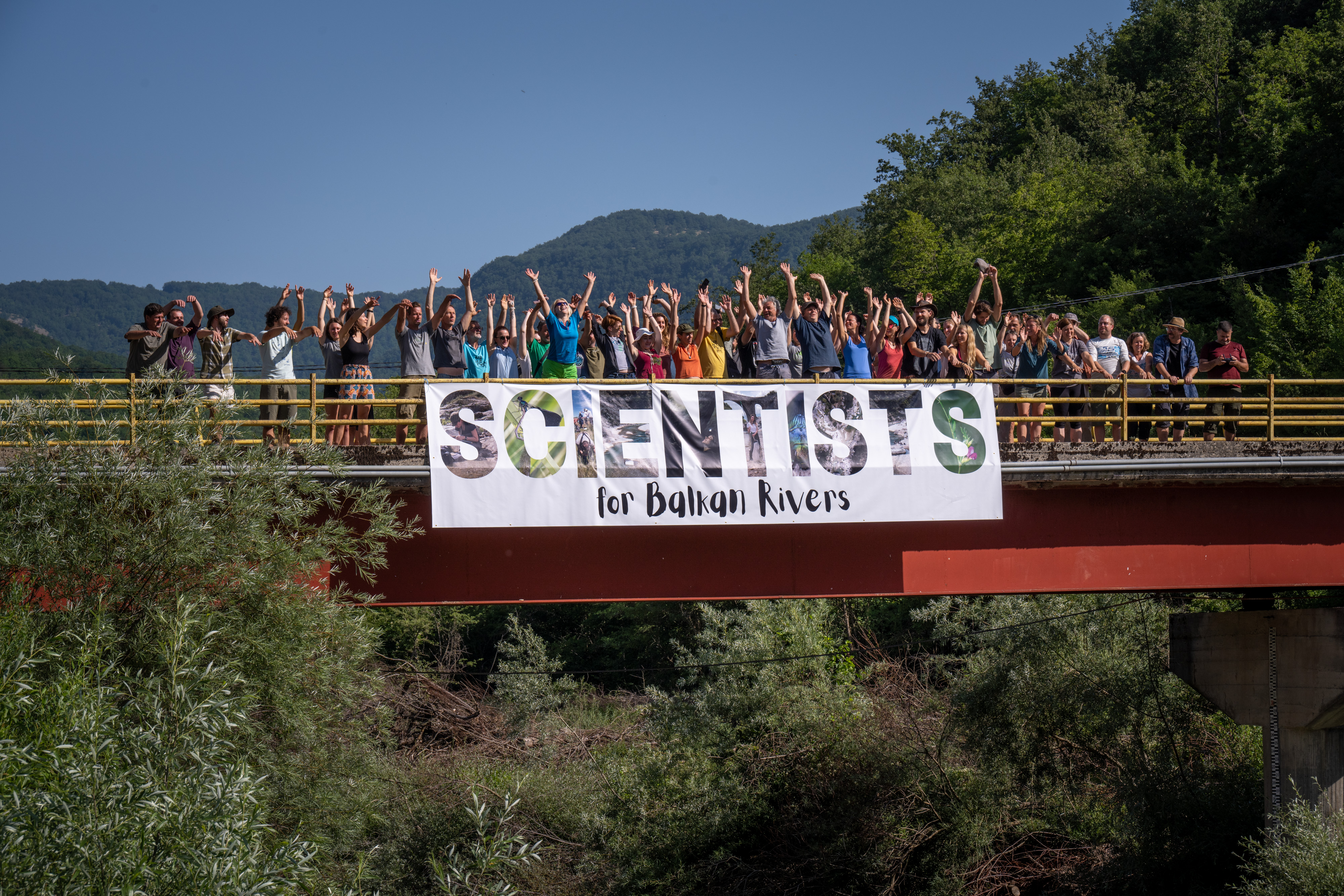 Save the Blue Heart of Europe - A campaign for the protection of Balkan Rivers
Save the Blue Heart of Europe - A campaign for the protection of Balkan Rivers
Neretva Science Week
THE NERETVA RIVER

The Neretva River is a 230 km long river flowing through Bosnia and Herzegovina and Croatia before its confluence with the Adriatic Sea. It is endangered by 70 foreseen HPP projects. While larger parts of the river network are already reservoirs, the upper “Gornja Neretva” and its tributaries can still be considered free-flowing. Here, the river constitutes the heart of a karstic valley widely regarded as a natural heritage of regional significance. This part of the river is threatened by constructing at least 25 new dams. In addition, the Nevesinjsko Polje, part of the hydrological catchment of the Neretva River, is under threat of the big Upper Horizon project, that would dam and divert the water of Zalomka River entering various sinkholes, the largest of them being the famous Biograd ponor. This project threatens unknown underground hydrological systems and well-known karstic springs and would have severe negative effects on the Buna, Bunica and Bregava Rivers. Now it is critical to collect data to provide evidence of what is at risk if hydropower development continues in this area, thereby increasing public visibility of these valuable ecosystems.
The Neretva Science Weeks are organized as part of the Save the Blue Heart of Europe campaign, which calls for scientists to help protect important rivers, collect data, and speak up for saving free-flowing rivers against dam projects in the Balkans.
SCIENCE WEEK 2023
Neretva Science Week 2023 took place from May 30th to June 7th. A diverse team of 70 scientists from 17 countries gathered in small town Ulog, to contribute to the conservation of the Neretva river system. They were accompanied by journalists, photographers, activists, and artists. Various independent teams explored different areas on and around the river, to get a deeper understanding of specific habitats, point to threatened places and integrate across terrestrial and aquatic habitats.
Specialists for terrestrial fauna and flora focused on the exceptionally diverse primary forest ecosystems, ranging from dry oak on North-Eastern slopes to more moist beech on South-Western slopes via astounding alder riparian forest along the river. Specialists for fish and aquatic invertebrates explored some of the remote and not yet researched tributaries, that are threatened to be dammed in the future, including Ljuta, Jezernica and Mededak rivers. One day most of the team moved to Nevesinjsko polje, to explore a hidden tributary to Neretva, Zalomka River. After ‘disappearing’ in the Biograd ponor, one of the largest sinkholes of the Dinaric region, the water of the Zalomka River reappears in karstic springs forming the Buna and the Bunica rivers, both tributaries of the Neretva River. An absurd hydropower project is on its way, capturing this water at the sinkhole, flooding Nevesinjsko polje, reducing the Buna and Bunica springs to an unknown minimal flow, and drying up unknown underground ecosystems.

Scientists studied over 15 groups of animals and plants. They explored fish, aquatic macroinvertebrates, birds, amphibians, reptiles, large mammals, bats, subterranean fauna, soil invertebrates, dragonflies, spiders, aquatic beetles, moths, butterflies, grasshoppers and crickets. We also had a strong team of botanists, dendrochronologists and specialists for mosses and fungi. Finally, a socio-cultural team studied the social values of the Neretva and what the river means to locals and also to scientists: they explored the motivation and drivers behind our conservation efforts.
See Preliminary Report NSW23 for first results and breathtaking photos of the Upper Neretva Valley.
SCIENCE WEEK 2022

The first Neretva Science Week took place in 2022, from June 28th to July 4th. It followed the model of the Vjosa Science Weeks and engaged local as well as international scientists in research on the Neretva and surrounding rivers, for this week, and in the long run.
50 scientists, accompanied by journalists, photographers, activists, and artists, gathered on Upper Neretva. They explored various aspects of riverine diversity and got some exciting findings. Together, they collected data for more than 1000 species of animals and plants, including several new species for science. One of them, a dipteran insect, was already scientifically described and named after Neretva itself: Baeoura neretvaensis. See the video below for an impression and review the preliminary results.
At the end of 2023, a series of scientific papers came out as a special edition of Natura Sloveniae. Fourteen peer-reviewed articles, completed with an Editorial Introduction article, present a comprehensive scientific output of NSW2022.
Neretva Science Week is supported by 
